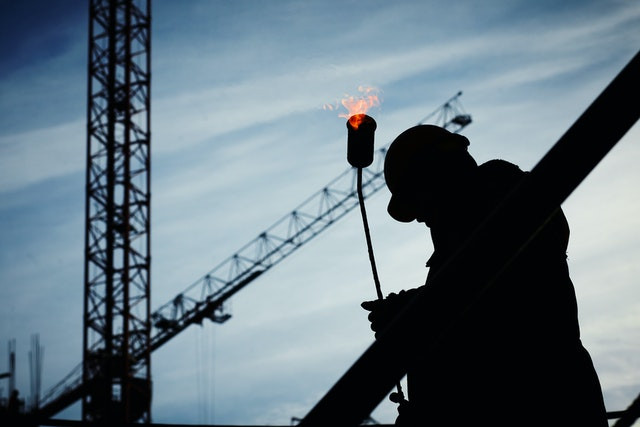
The question, “What is a union?” comes up often among Human Resources professionals. It raises at once a practical and philosophical discussion. To start, those in HR should know that the definition of a labor union is an “an organized association of workers, often in a trade or profession, formed to protect and further their rights and interests,” according to Oxford.
Union leaders negotiate with employers on behalf of members. When determining contracts, they must determine fair work schedules, pay, benefits, and working conditions. Labor unions were born of the idea that workers needed a voice and employers needed parameters to ensure fair practices and safe working conditions.
Rising out of the American Revolution, people wanted to have their rights recognized in their professional pursuits, too, according to History.com. The first labor strike happened in 1768, when tailors in New York protested wage reduction. By 1794, the Federal Society of Journeyman Cordwainers (shoemakers) became the first labor union in Philadelphia.
Then, the start of the Industrial Revolution raised many questions about workers’ rights, safety, reasonable hours, pay, and more. The experiences of this era would cement labor unions into the zeitgeist and the structures of the blue-collar workforce. The work of labor unions would lead to employment law, including a prohibition on child labor and requirements for worker’s safety.
In 2021, there were about 14 million workers with membership in labor unions, compared to 17.7 million in 1983, the first year data was available, according to the Bureau of Labor Statistics. However, labor unions are experiencing a resurgence of sorts in 2022. Many business headlines have included workers at Amazon, Apple, and Starbucks organizing and voting on unionization.
READ: Your HR Guide to Unions
Over the years, the strength of labor unions has waxed and waned. Blue collar workers in industries like construction, manufacturing, and food service typically have union memberships. They pay dues, which comes out of their paycheck, to the union. For its part, the union has leadership, who negotiate contracts and work with employers to pursue fair treatment. In addition to the negotiations, labor unions also help mediate disputes at the workplace when a union member is involved.
Often, tension exists between employers and those who are either unionizing or already members of the union. The employers feel like they always have to be on the defensive. They feel boxed in by the rules of the union. On the other hand, the employees are often weary, and they wish for more transparency from leadership. Some experts on unions argue that proper and enthusiastic employee engagement strategies can help prevent unionization in the first place.
In fact, employees who experience injustice, unfair treatment, or unsafe working conditions are often the ones who begin to organize. Many organizations get themselves negative attention and sometimes face legal troubles because they discourage employees to join a union or interfere in unionization votes and efforts.
The question posed is, “What is a union?” It is a group of organized workers seeking to force employers to treat them fairly and provide a safe and healthy working environment. However, it also means that employees are putting a middle man between them and their bosses.
Most likely, this movement to unionize was a result of something (or multiple things) that the employer was doing that did not sit well with employees. Therefore, unions and their formation can be a controversial topic. As unions are forming and employees are voting on whether to join, animosity may grow. It can be demoralizing because it can pit management against workers.
That’s why the argument against toxic workplaces and in favor of strong employee engagement strategies are vital. The future seems to be leaning toward less hierarchical workplaces, which may change the relationship between unions and employers.

